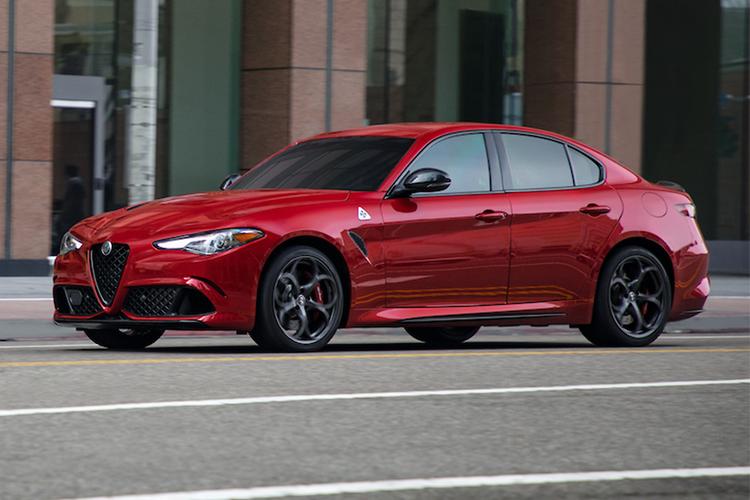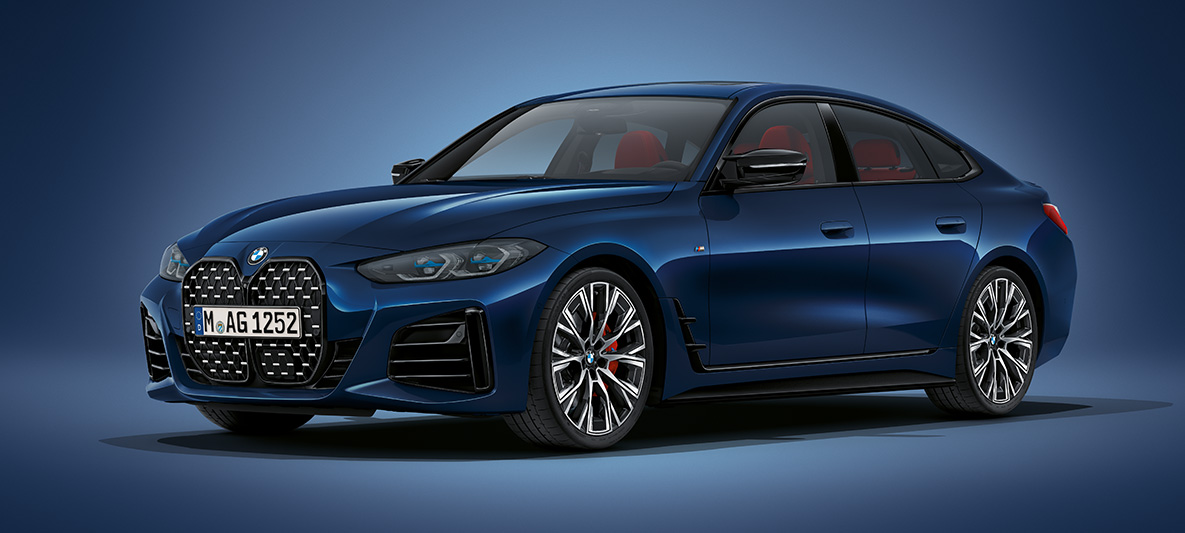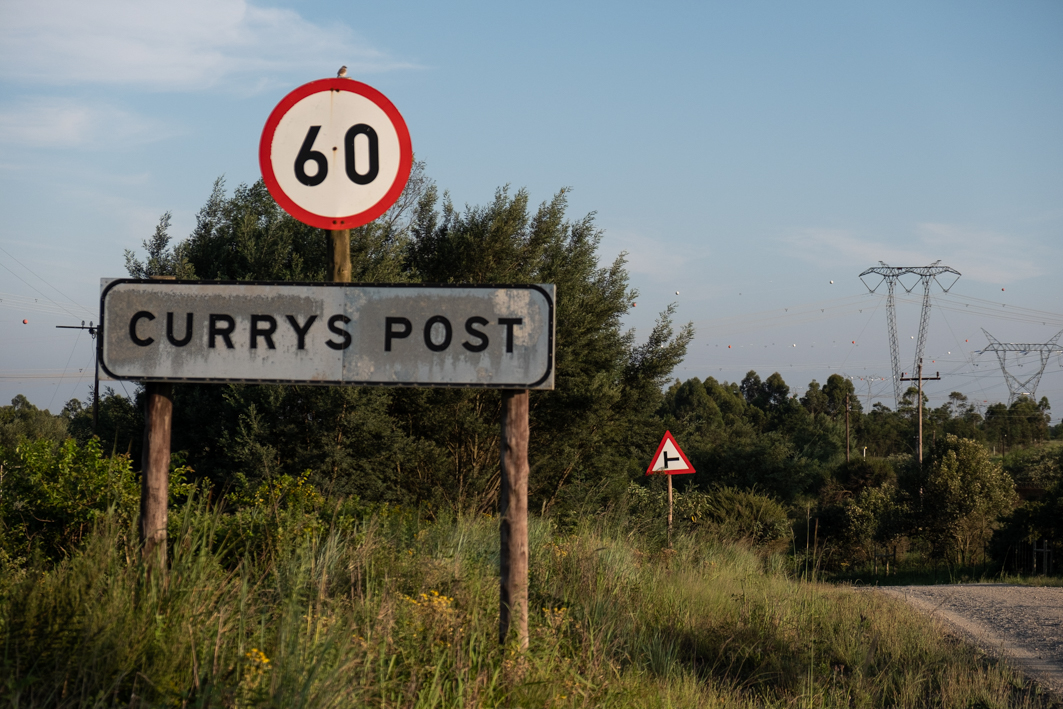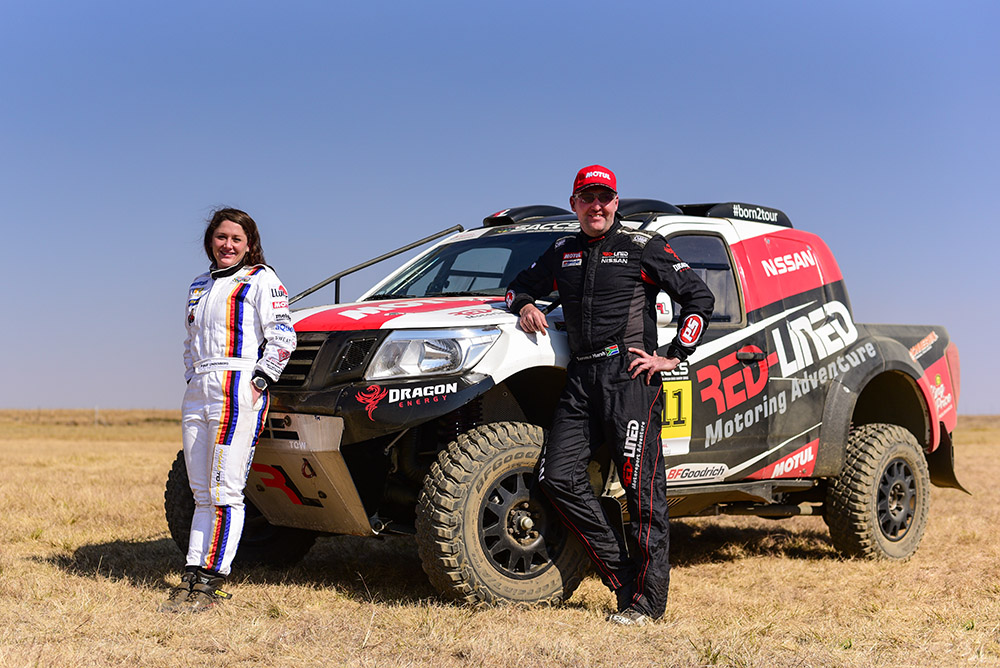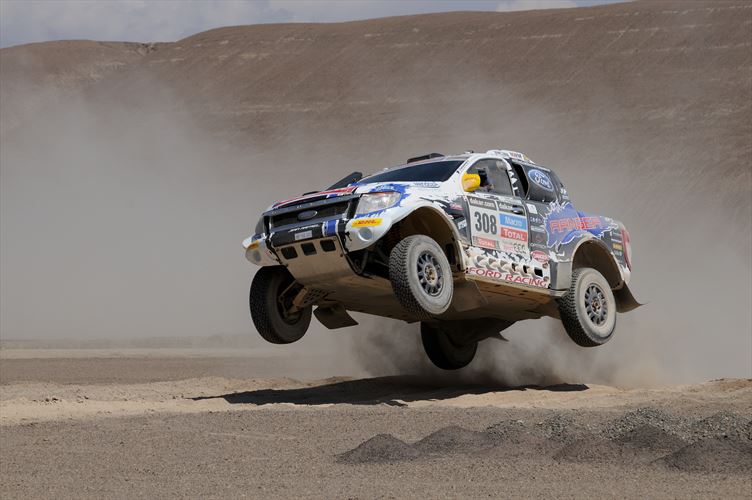I don’t think, however, that writing letters, taking photos and publishing them in magazines is going to go very far in solving the problem. This does not attack the problem at its roots and I am sure that the people who cause the mess are not the type to purchase these magazines.
The litter problem is not restricted to campsites. Our towns, cities, streets and highways are strewn with litter thrown down by uncaring people who have developed the same filthy habits as those who polluted Kamgap.
The problem is all around us, 24/7, which makes it easy for concerned citizens to do something. When last did you pick litter up off the street instead of just walking past and ignoring it? Do your kids pick up an empty soft drink can lying on the pavement, or do they just kick it away, out of sight?
Just think how clean our country would be if every capable person got into the habit of picking up just ONE piece of litter every day. In addition, when you see someone littering, do you bring it to their attention, or do you just ignore it, saying and doing nothing?
Overcoming the litter problem is a huge challenge, especially when some people think littering is their contribution towards job creation. But it can be done. Bad habits have to be permanently erased and the advantages of clean, litter-free surroundings made obvious. The key to success? Zero tolerance.
In the same vein we saw something recently that reinforced our faith in mankind. We were braaing at the Groot Boom on the Namakwa Trail. At about 16h00 a group of people in six vehicles arrived and started to set up camp for the night. As soon as they stopped, all the kids jumped out and started picking up the litter left by previous campers, in a radius of at least 150m from the tree. It almost filled a black bag.
I spoke to one of the older boys, who said that they were all from the Upington area and that their cleanup operation was standard practice whenever they went on trips. It took them about 15 minutes.
If only all campers would adopt these habits.
Trevor Hodd
McDougal Bay
Congratulations! Your letter wins you a hand-operated FX winch from Safari Centre, value R2500! There are Safari Centres in Pretoria East 012 809-4410; Johannesburg 011 465-3817; Cape Town 021 595-3910; Pretoria 012 348-3253; and Durban 031 566-5200.
Invitation might be regretted
I thought the article on the Philip Hull and the volunteers on Van Reenen’s Pass was excellent. You have to respect people who volunteer for those sorts of jobs.
They obviously see horrific things that will have an effect on them for the rest of their lives. Yet they still do it. I also thought “Hull’s Survival Tips” to be very instructive, even though this is stuff all road-users should know.
The comment by Philip that people travelling through Van Reenen’s should stop in for a cup of coffee may come back to bite him, though. There was an English couple in the 1980s that moved from the UK to Provence in France for a lifestyle change. The husband (Peter Mayle) wrote a book about their experiences in that beautiful part of the world (“A Year in Provence”).
So popular did the book become, and so taken were readers with Provence, that Peter and his wife had people (sometimes busloads of tourists) dropping in for a glass of wine so often and at such inopportune times that they had to sell up and move out.
Consequently, could we in due time see the shack shifted from the garage at the top of van Reenen’s to the less popular Primrose, Daskrantz or Paulina?
Rob Southey
via e-mail
More important issues
In reply to Mr G Edward’s letter “Was this necessary?” in the June 2009 issue. Surely there are more important issues that need urgent attention than those in his reply to my article in the May 2009 issue. (Who needs a full-blown 4×4?).
The main picture of “people sitting on the roofrack” happened to be a photo shoot for our overseas visitors. The cars were stationery and the filming and photographs were taken for no other reason than what you see on this magnificent picture.
Seat belts: Before we even settled comfortably into our seats, a fine was given to us for not wearing seatbelts, barely 800m from the Epupa Falls.
Come on. Have you never driven out of your own garage in Hatfield and a few 100m down the road remembered your seatbelt? The generalisation of us driving on the N1 or other public roads without wearing seatbelts is also way off the mark and uncalled for.
Rather point fingers at the issue of the littering and filth on South Africa’s streets, destruction of dunes by the ever-growing number of quad-bikes, polluted rivers and wetlands and many more desperate matters.
We were inundated with phone calls from all over South Africa and Namibia, from people who enjoyed reading the article and shared our experiences.
Lothar Frohlich
Randburg
Van Zyl’s Pass rocks
In reaction to the letter by G Edwards about writing your name on a piece of rock and putting it on a cairn after completing the Van Zyl’s Pass crossing.
It is definitely tradition, and not a question of defacing nature. This photograph shows the great Jan Joubert’s message left after completing the drive for the 54th time. “I must surely be crazy. For sure,” he wrote.
Leon Theron
Durban
A bitter experience
After reading the article “A Bittersweet Experience”, I felt compelled to share our Mozambican experiences with readers. A few weeks ago, we made a booking at a resort in Chongoene, just north of Xai Xai. We settled into our log cabin and enjoyed a relaxing day at the beach.
That evening we went in search of a restaurant , and eventually settled for the restaurant in the resort. Just after 9pm, we returned to the log cabin for a nightcap and a good night’s sleep.
Arriving at the log, my daughter was the first to notice that there had been a break-in. We called the resort manager who assured us that “this has never happened in 18 years” and that the security guards were “really excellent”. I asked the resort manager to post one of the guards close to our cabin, but he dismissed this as not necessary.
However, at around 2am, the inevitable happened. The burglars, now fortified by our wine they had stolen earlier on, returned. My wife woke up as two burglars opened the front door and woke me up. At the same time, the security light at the back door clicked on. My first instinct was to get the burglars out of the house and away from the women. I yelled at the burglars to try and scare them off and to wake my friends, who were still sleeping.
Armed with only a Maglight I stepped out onto the deck, just to see the burglars making tracks. Then out of the dark, one of the attackers swung an empty wine bottle at me and hit me on the forehead before disappearing.
When the resort manager eventually showed up, I asked him where his “really excellent” security guards were. As expected, they were safely patrolling the furthest end of the resort.
Was this an isolated incident? Probably not. Will this happen again? Very likely.
So what now, do we stay away from Mozambique? No, Mozambique is still an excellent holiday destination. Before you make the reservation, discuss the security. Two security guards patrolling the area is not adequate.
Make sure your rented accommodation is secure. If you don’t feel safe, make alternative plans or leave. We have to remember that as South Africans we are targets, and our display of wealth is enough justification for the criminals to take what they want.
On a positive note, the emergency room doctor at the Instituto de Cora?ao (Heart Foundation) in Kenneth Kaunda Avenue, Maputo, did a really excellent job of stitching up the gashes on my face and shoulder. The doctor worked for almost an hour and kept apologising for what his fellow countrymen did.
The sad part is my wife and daughter were severely traumatised by this incident and we will never again as a family visit any Mozambican holiday resort.
Marais Viljoen
Richards Bay
Defender to be replaced?
Thank you for a great magazine. We really enjoy the wide range of very useful, informative, interesting and fun articles.
In your Buyers Guide it is mentioned that international pedestrian safety legislation is expected in 2010 that would render the Defender obsolete. Can this really be? Do you have more information on what is likely to have this effect? Most interesting – I know there have been concerns that pedestrians connected by vehicles fitted with bullbars, without crumple zones therefore, stand less of a chance of surviving impact. Would they survive anyway?
Do you know more about the intended re-design, by any chance?
As an aside, should you be able to lay your hands on the DVD entitled “Nature’s Great Events” produced by the BBC’s Natural History Unit and narrated by David Attenborough, have a look at the “Diaries” at the end of the footage on the Okavango (The Great Flood) to see some impressive scenes of Land Cruisers (appropriately modified) swimming through water that reaches above the bonnets.
Ian King
Via e-mail
The new Defender is expected to look like the Tata Safari… No, we jest. There seem to be new safety regulations in the offing, and the Defender needs to meet these, especially if they want to sell it in the huge US market. However, Land Rover is keeping mum about the when and how. Ed.
Fortuner forum
I just got the July copy of Leisure wheels. As always, articles are very good and I enjoyed reading it from cover to cover.
The article by Andrew White about the Fortuner puzzled me, however. On page 84 he states: “…I tend to drive all gravel roads in four-wheel drive, no matter what. This time I alternated between two- and four wheel drive…”
With due respect, how did he manage to do that?
The 4×4 Fortuners are permanent four-wheel-drive with lockable Torsen centre differentials. On the 4×4 models, it is impossible (without disconnecting some drive shafts) to select two-wheel drive. With the little gear lever one can select between 1) High range with open centre diff 2) High range with locked centre diff and 3) Low range with locked centre diff.
Did Andrew mean something else or did Toyota change the configuration?
Piet van der Westhuyzen
Centurion
Andrew replies: I made an error in my phrasing. The Fortuner has full-time four-wheel drive, I know that. I knew that when I drove it. My terminology was incorrect. I switched between locked centre diff, and unlocked centre diff, is what I meant to say. I am sorry I phrased it wrong, but in my mind, four-wheel drive with unlocked centre diff is NOT four-wheel drive in the true sense. This is probably why I mis-phrased it.
Jeep J8 basics
I read with interest your article on Jeep in the April 2009 issue.
You may be interested to note the following explanation/theory on the origin of the term “jeep”:
At the time that proposals were invited for a replacement vehicle, one of the military criteria stipulated that it should contain, “just enough essential parts”, hence the name JEEP.
Adrian von Geusau
Via e-mail
Interesting, but unlikely. – Ed.
New campsite in Kasane
People tired of camping in Botswana’s Kasane region and having to listen to dogs barking, donkeys braying and loud music, will be glad to know that I came across the Senyati safari camp recently, just 15 minutes away from central Kasane.
Here you will experience herds of elephant and plains game such as buffalo and sable antelope. There are 12 camping sites, each having a thatched spacious ablution, wash-up basin, 220V lights and electrical point, and a fireplace with braai stand. You are welcome to have a cold drink at the bar area on a deck overlooking the nearby waterhole.
From Pandamatenga drive in the direction of Kasane and look for a rock marked Senyati on the right-hand side, 2km before the Engen filling station and weighbridge at Kazungula. Waypoints are S17 52m 14.2s and E25 14m 6.3s
Contact Louw Barnard (+267 7188-1306); Juanita Barnard (+267 7182-6707); [email protected]; www.senyatisafaricamp.co.bw
Christo Nel
Via e-mail
Thanks for the mention
I’m a Leisure Wheels reader from northern Namibia and holds your opinion column in high regards – more so on issues concerning the cleanliness of our environment, all across the African borders. To my surprise you also made mention of the Kaokoveld clean-up campaign, which was widely published in our local newspapers and was more than welcomed by everyone here and by yourself across the border.
I also would like to thank you and your team at Leisure Wheels for keeping us informed on Hannes Grobler/Juan Mohr and the Navara crew’s victory at the Sugarbelt 400. Congratulations to them.
I met Hannes when he came to Namibia on invitation by Pupkewitz Nissan in 2008 and had a photo opportunity with him.
Jeffrey Mukwiilongo
Oshakati
To RAV or not
I really enjoy Leisure Wheels. My wife and I recently bought a Toyota RAV4 and are enjoying it so much, although we have not done much off-roading with it.
Being an SUV and not a genuine 4×4 we are trying to get as much information as possible on the off-road ability and capabilities of this nifty beaut of a vehicle.
We intend to explore and do a guided tour from L?deritz to Walvis Bay with one of the Namibian tour operators. But I don’t want to make a fool of myself attempting the desert run without low range. The particular tour operator assures me that a RAV has done it with wider rims and tyres, but I still have my doubts.
I would like to get in touch with other RAV owners who could give me first hand information on what the RAV really can or cannot do.
Hennie Kleynhans
[email protected]
Can readers help? – Ed.
Advice for Andrew
With reference to Andrew St Pierre White’s letter in the July issue:
Do not even attempt to fold up the sleeping bag before trying to return it to the carry bag. Simply start at one point of the sleeping bag and stuff it into the carry bag, and you will be surprised that there is still some space left after completing this task.
I also cannot understand how it is possible, but it sure works, which I found out the hard way after struggling for hours to pack away the three family sleeping bags, and eventually got so tired I simply started stuffing them in and completed the whole operation in less than 10 minutes.
Eben Joubert
Port Elizabeth
Advice for Andrew two
With regards to the 360 Degree sleeping bag customer who was unable to put the sleeping bag back into the sack.
Please note that sleeping bags are no longer supposed to be rolled up and put in bag, but are supposed to be “stuffed” in; this is why it is called a “stuff sack”
Please also remember that any sleeping bag should be removed from its sack once purchased and hung up. This will help to ensure that your bag lasts longer. It is NOT meant to be kept in the sack as this causes cold spots if left too long.
I hope this helps the customer a little.
Lee Strydom
Branch manager
Outdoor Warehouse
Springfield
Suzuki Grand Vitara V6 tyres
First of all I would like to thank you for the Weber braai, which I was fortunate to get, having been drawn as a subscription winner. Imagine my surprise lying in bed (next to a sleeping wife) reading the magazine and seeing my name. I couldn’t resist waking her up. Her response wasn’t quite as enthusiastic as mine. She did however manage an “oh, that’s nice”.
My following experience was not as pleasant:
I was on the verge of buying a Suzuki Grand Vitara V6 and it dawned on me that they only fit normal highway tyres. After doing an extensive exercise trying to obtain even a 70-30 tyre, I discovered that there are no 18″ tyres available (I don’t understand Suzuki marketing. A 4×4 with 18″ rims? Why not fit the 17″ as on the Vitara 2.4?).
The only solution is to fit 17″ rims and higher profile tyres at your cost. The salesman either don’t know what’s going on or simply overlook informing one of the situ
ation.
Aubrey Vorster
Via e-mail
We received the following answer from Suzuki Auto SA’s national technical manager, Gert Theron:
Since the “Ford Explorer” tyre incident in the USA, fitment of tyres has been a controversial issue globally as well as in South Africa. For this reason, the National Regulator for Compulsory Specifications (formerly SABS) have laid down stringent requirements for the importation of vehicle tyres, whether fitted to a vehicle or for re-sale.
Every Suzuki submitted to the regulator for homologation, will have the brand, type, size, speed rating, load capacity etc, of the tyres fitted, specified for that given model. This ensures that the vehicle will be allowed to operate on South African roads without placing the operator or passengers in danger.
The Suzuki Grand Vitara has been described as one of the most capable all-rounder compact SUVs available on the market (press reports since launch). This means that the vehicle has excellent driving quality on tarred roads and can still perform very capably off-road.
The tyres fitted to the Grand Vitara, therefore, will ensure comfort while travelling long distances with your family as well as capable off-road driving ability. Changing the tyres to a different profile or application type will negatively impact on these qualities.
As the vehicle’s handling, fuel consumption, CO2 emissions etc will also be adversely affected, Suzuki Auto South Africa will not pursue the sourcing of alternative profile/application tyres for re-sale through its dealer network.
Should the individual insist on the fitment of these tyres, they can source these tyres, if available, through the different tyre manufacturers in South Africa. Please note that this is not recommended or endorsed by Suzuki Auto South Africa and will negatively influence the validity of any warranty claim related to the fitment of such tyres.
Tips on tyre selection
It’s a pity Andrew White did not include the Yokohama Geolander in his article on off-road tyres in issue no 62. I switched to them from the standard Goodyears a few years ago. They’re fitted to my Mitsubishi Colt Rodeo and
I’ve been driving with them for many, many kilometres – tar, sand, gravel, mud, beach, rocks – name it, and never ever had a single problem with them whatsoever. They are absolutely fantastic and I would highly recommend them to any 4×4 enthusiast.
Any reasons why not ?
Jaco J du Preez.
Andrew replies: The tyre review was by no means thorough or complete. I had Geolanders for a while on my Land Cruiser and changed them – I was not particularly impressed – but this doesn’t mean they are no good.
What I wrote is based on a general consensus among 4×4 operators, not just my own thoughts and experiences.
I have to conclude: If Geolanders are great 4×4 tyres, then why does the 4×4 community at large not rave about them, such as they do with BF Goodrich ATs? Even so, not every serious 4×4 operator loves BF, but prefer and have had excellent service from other tyres. I know for example someone who loves Dunlop Grand Treks. I can’t imagine why! But it proves my point.
The desert race – 34 years ago
Jannie Herbst’s piece (June issue) on the Toyota 1000 Desert Race has brought back many memories.
In 1975 the Sports Car Club Lichtenburg was approached by the organisers of the first Total Trans-Kalahari Road Race, to marshal and control the fuel stop at Mabutsane.
All we really knew was that Botswana was somewhere across the border, and Mabutsane was in it. At the briefing in Johannesburg I asked the organisers to guide me as to what kind of transport to use for the trip and was told that my Volvo 144 would suffice, but a bakkie of sorts would be better.
We duly set off, eight of us, very keen and fully equipped to survive a camping trip in Botswana. We had four very loaded vehicles: two Ford F100s (4×2), a Ford Cortina Big Six bakkie with virtually no ground clearance, and a Ford Ranchero V8 automatic bakkie, ditto. Stickers for all to see and lots of courage.
At the border crossing an old gentleman from Botswana asked where we were headed, and when we told him his eyes widened and he spoke these prophetic words: “May God be with you. Lucky for you God is everywhere!”
I will never forget these wise words. Two hours later we knew. Full well, we knew!
Mabutsane was up the notorious three-lane highway from Kanye to Ghanzi. It had rained the previous few days. Rained a lot! Wet sand and mud holes, mud and more mud. I don’t know how many times we got stuck. Late that afternoon a very, but very, intoxicated gentleman in a Unimog caught up with us and offered assistance. The Cortina was by then a wreck and we towed it behind the Unimog. The Unimog owner declared that one had to be sloshed out of one’s mind to drive those roads, and duly downed another one. When he finally passed out, my farmer friend got behind the wheel of the Unimog.
We left the remains of the Cortina at Sekoma Pan and arrived at our destination at two in the morning. Our ETA was originally four in the afternoon. The chief marshal, who we were meeting at Mabutsane, arrived at 12 noon in a very muddy Land Rover. It had taken him 24 hours to drive from race headquarters in Gaborone!
We had a very memorable experience and had to drive the same road back, without the Unimog, but luckily it was dry by then. The late Piet du Plessis, the Total rep at the fuel stop, had to drive back with us and we took turns at hanging on to the canopy on the back of one of the F100s, as all available seats were occupied.
Sadly, four of our original team have passed away since, but memories will never die. We competed in subsequent races, driving standard F100s, and did very well. And I can vouch that the story about the guys with a passenger on the back is true.
They were two brothers from Mareetsane, Hendrik and Almero van Zyl, and the retired MD of North West Co-Op, Kalahari Prinsloo. They used Hendrik’s Land Cruiser, and the three of them sat next to each other up front of the single-cab bakkie.
But on the “bak” of the F100 they had bolted a bucket seat, and there sat one of Hendrik’s farmhands, complete with crash helmet and seatbelt! His job was to make the fire in the evening and to braai the meat, and also to change flat tyres on the way, and do anything else that needed doing!
They also had a huge Hessian sack of biltong on the back to hand out to competitors at the overnight stop, but this become contaminated with fuel and had to be discarded. What a catastrophe!
I can reminisce like this for hours. We had great fun back then, when the emphasis was on fun. Now it has become a much too serious and expensive event to be called fun in any way. Pity!
I was watching the service/repair proceedings at the service point this year and was amazed at the professionalism and costs involved. Back in our days my driver and I had to take out a F100 gearbox lying on our backs in the sand, with the help of a torch. We finished! These guys don’t know what they missed!
Willie de Klerk
Lichtenburg SCC


